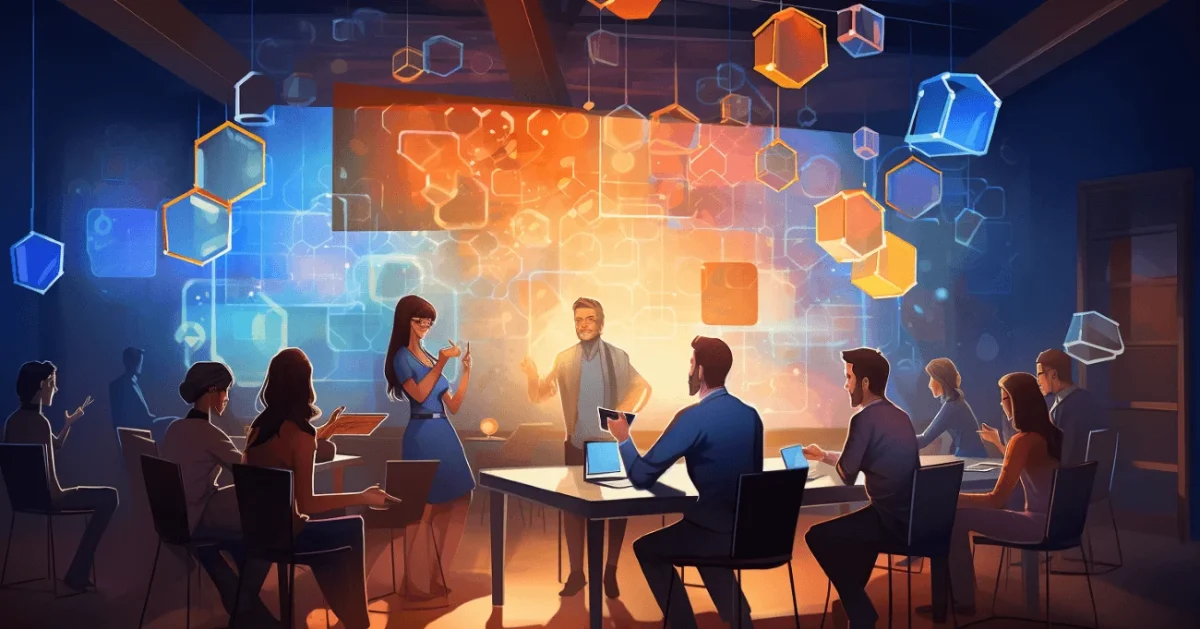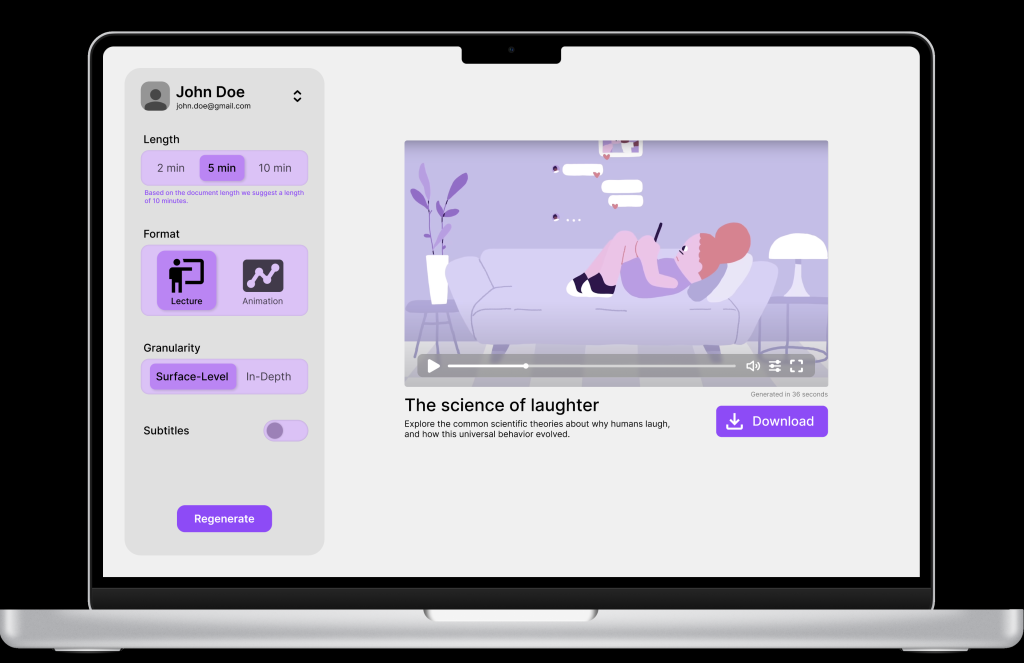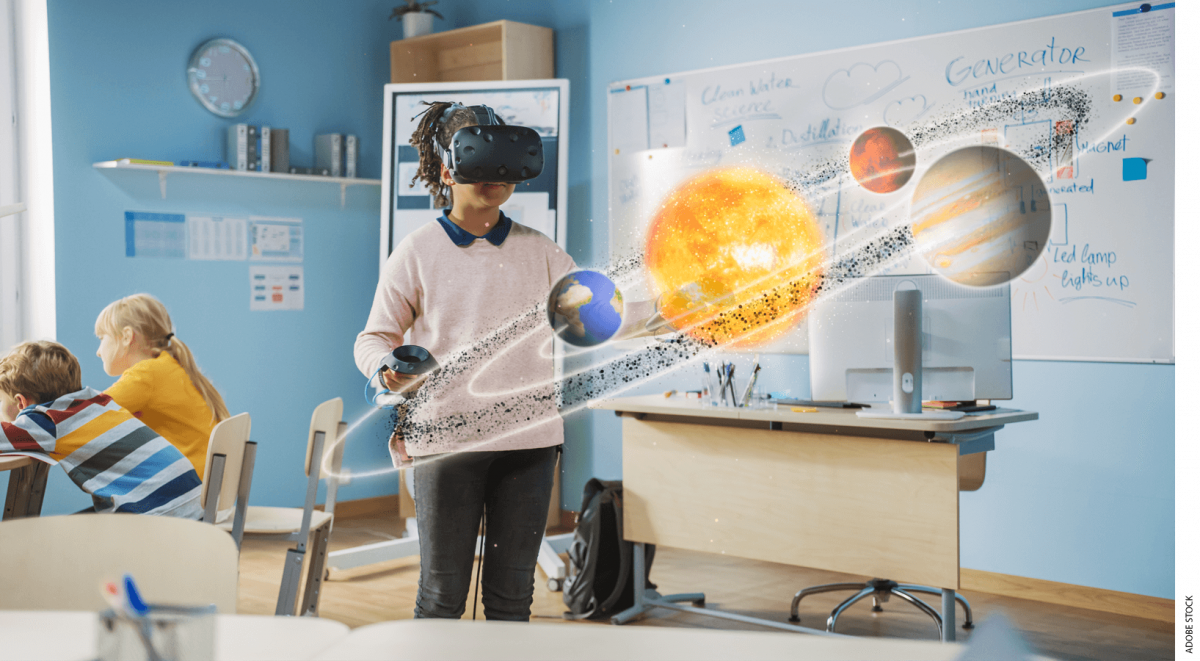The ongoing teacher shortage in the Netherlands is a growing concern, creating disruptions that impact the quality of education and limiting students’ future opportunities. With some classes and even entire school days being canceled, and certain subjects no longer taught, education has taken a hit. As a response, many parents have turned to private tutoring or homework assistance for their children, while schools increasingly seek external educational services. Among these, Lyceo has emerged as the largest provider.
As more and more schools rely on Lyceo, the company is able to leverage AI technology to address various educational challenges and automate tasks. With the introduction of the Lyceo GenAI learning tool, the company’s virtual tutors will be able to support students by answering questions and providing timely feedback on assignments. The tool will offer personalized insights, highlighting students’ strengths and identifying areas where they can improve. By considering diverse learning preferences and abilities, Lyceo can create tailored teaching strategies and resources for each student. This technology not only provides real-time explanations but also extends continuous support, even during late-night study sessions. This self-paced approach is particularly beneficial for those students who prefer to study according to their own schedules.
Additionally, Lyceo’s GenAI-powered chatbots will enhance customer service by assisting parents in obtaining answers immediately. The chatbots are designed to provide information and perform tasks. The informative chatbots will deliver pre-set information to help parents with questions about pricing or suitable programs tailored to a student’s needs. In contrast, task-based chatbots are programmed to handle specific requests, such as scheduling tutoring sessions for students.
However, integrating GenAI into Lyceo’s business model involves considerable investment. The costs for implementing generative AI can range from minimal to several million euros, depending on the specific use case and scale. While smaller companies may benefit from free versions of generative AI tools, like ChatGPT, Lyceo will likely need to invest in customized AI services to develop the online learning tool and sophisticated chatbots tailored to their needs.
The potential benefits make this investment worthwhile, enabling Lyceo to improve its educational support services and continue to meet the evolving demands of schools, students and parents.









